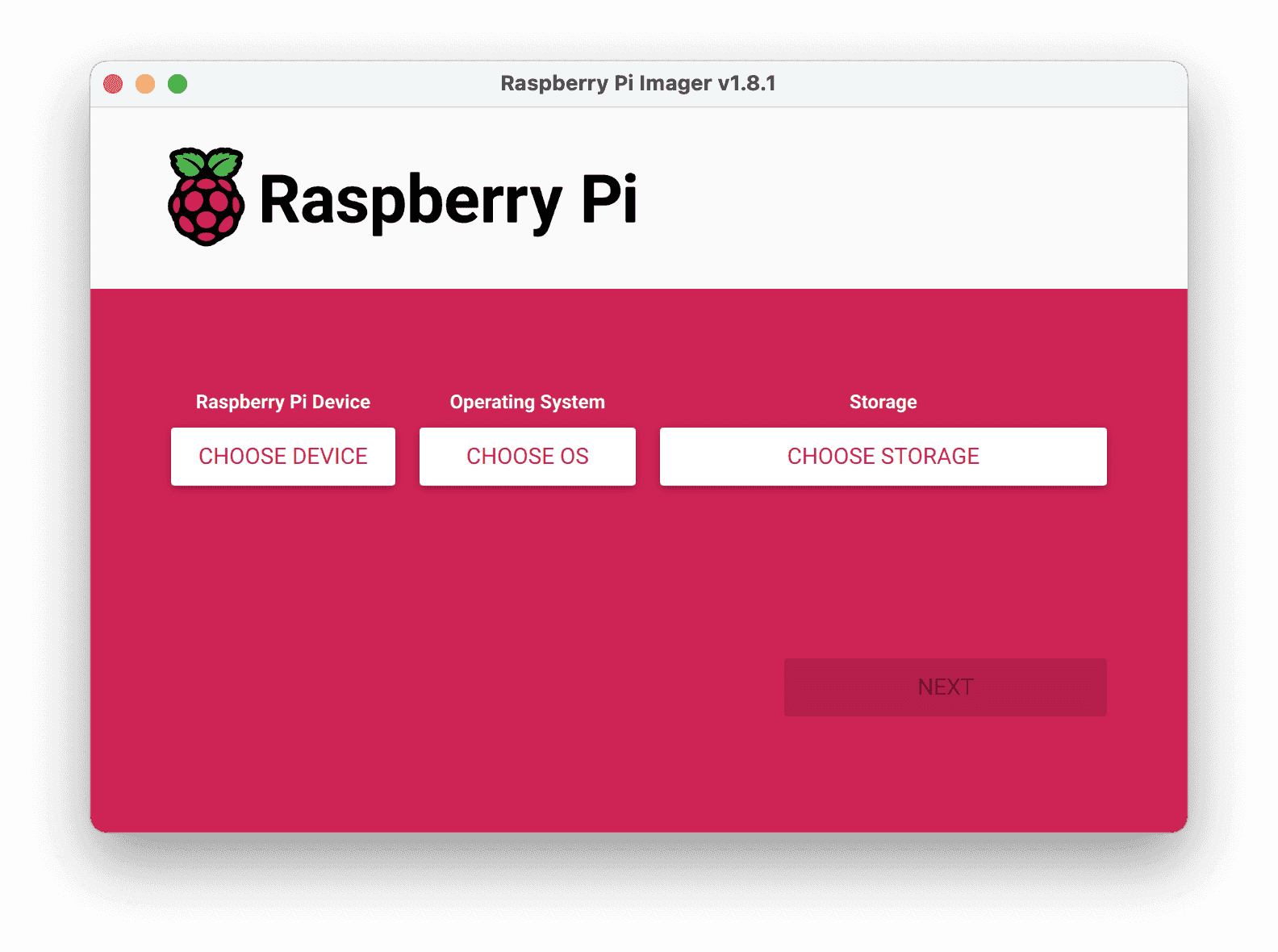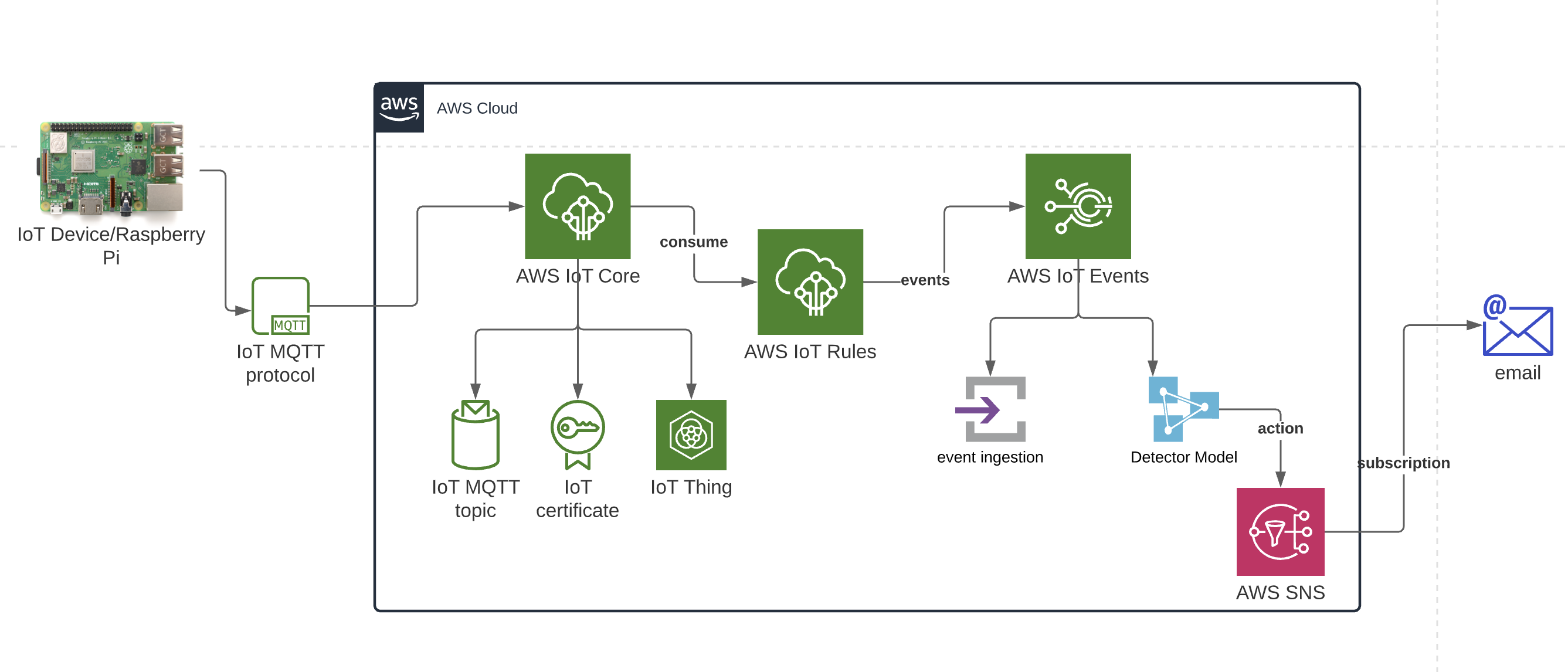Remote access to IoT devices using Raspberry Pi has become increasingly popular due to its versatility and ease of setup. In this article, we will explore how to use SSH (Secure Shell) for remote management of IoT devices on a Raspberry Pi. Whether you're a beginner or an advanced user, this guide provides step-by-step instructions, examples, and best practices to help you get started.
SSH is a protocol that allows secure communication between devices over a network. It is particularly useful when managing IoT devices remotely, as it ensures encrypted communication and protects sensitive data. In the world of IoT, where devices are often deployed in remote locations, having secure access is crucial.
This article will cover everything you need to know about setting up SSH for remote IoT management using Raspberry Pi, including practical examples, troubleshooting tips, and important security considerations. By the end of this guide, you'll have the knowledge and tools to implement SSH securely and efficiently.
Read also:Sweetie Fox The Ultimate Guide To Understanding And Exploring The Phenomenon
Table of Contents
- Introduction to SSH
- Raspberry Pi Overview
- Setting Up SSH on Raspberry Pi
- Connecting Remotely via SSH
- IoT Device Management with SSH
- Security Best Practices for SSH
- Troubleshooting Common Issues
- Advanced Features of SSH
- Example: Free SSH RemoteIoT Raspberry Pi Setup
- Conclusion
Introduction to SSH
SSH (Secure Shell) is a cryptographic network protocol that provides secure communication over unsecured networks. It is widely used for remote command-line login and command execution. SSH ensures data integrity, confidentiality, and authentication between two networked devices. This makes it ideal for managing IoT devices remotely.
Key Features of SSH:
- Encrypted communication
- Authentication mechanisms (passwords, keys)
- Support for port forwarding and tunneling
SSH is especially important in IoT applications where devices may be deployed in remote locations, requiring secure access for configuration and troubleshooting.
Raspberry Pi Overview
Raspberry Pi is a small, affordable computer that can be used for a wide range of applications, including IoT projects. It runs on Linux-based operating systems and supports various programming languages, making it a versatile platform for developers and hobbyists alike.
Key Features of Raspberry Pi:
- Low power consumption
- Multiple GPIO pins for interfacing with sensors and actuators
- Support for Wi-Fi and Ethernet connectivity
Raspberry Pi is an excellent choice for IoT projects due to its cost-effectiveness, ease of use, and extensive community support. Combining Raspberry Pi with SSH allows for secure and efficient remote management of IoT devices.
Read also:Hdhub4u Bollywood Movies Your Ultimate Guide To Streaming And Downloading
Setting Up SSH on Raspberry Pi
Enabling SSH on Raspberry Pi
Enabling SSH on Raspberry Pi is a straightforward process. Follow these steps to activate SSH:
- Boot your Raspberry Pi and log in to the operating system.
- Open the terminal and type the following command:
sudo raspi-config
- Navigate to "Interfacing Options" and select "SSH".
- Choose "Yes" to enable SSH and exit the configuration tool.
Alternatively, you can enable SSH by creating an empty file named "ssh" on the boot partition of the SD card before powering on the Raspberry Pi.
Configuring SSH Settings
Once SSH is enabled, you can customize its settings by editing the SSH configuration file:
sudo nano /etc/ssh/sshd_config
Some important settings to consider include:
- Port number: Change the default port (22) to enhance security.
- Password authentication: Disable password authentication and use SSH keys for added security.
After making changes, restart the SSH service to apply the new settings:
sudo systemctl restart ssh
Connecting Remotely via SSH
Once SSH is set up on your Raspberry Pi, you can connect to it remotely from another computer. Follow these steps to establish a secure connection:
- Ensure both devices are connected to the same network.
- Find the IP address of your Raspberry Pi by typing "hostname -I" in the terminal.
- Open a terminal or SSH client on your computer and type:
ssh pi@[Raspberry Pi IP Address]
- Enter the password when prompted to establish the connection.
If you're using SSH keys, you can skip the password step by adding your public key to the authorized_keys file on the Raspberry Pi:
ssh-copy-id pi@[Raspberry Pi IP Address]
IoT Device Management with SSH
Managing IoT Sensors
SSH can be used to manage IoT sensors connected to your Raspberry Pi. For example, you can remotely monitor sensor data by running scripts or commands over SSH. Here's an example of reading temperature data from a sensor:
cat /sys/class/thermal/thermal_zone0/temp
Updating IoT Firmware
SSH also allows you to update the firmware of IoT devices remotely. This is particularly useful for large-scale deployments where manual updates are impractical. Use the following command to update the firmware:
sudo apt-get update && sudo apt-get upgrade
Always ensure that your IoT devices are running the latest firmware to benefit from security patches and improvements.
Security Best Practices for SSH
While SSH provides secure communication, it's essential to follow best practices to protect your IoT devices from unauthorized access:
- Use strong, unique passwords or SSH keys.
- Change the default SSH port to prevent automated attacks.
- Limit SSH access to specific IP addresses using firewall rules.
- Regularly update your Raspberry Pi and IoT devices to patch vulnerabilities.
By implementing these security measures, you can significantly reduce the risk of unauthorized access to your IoT devices.
Troubleshooting Common Issues
Even with proper setup, you may encounter issues when using SSH for IoT device management. Here are some common problems and their solutions:
- Connection refused: Ensure that SSH is enabled and the Raspberry Pi is connected to the network.
- Authentication failure: Verify that the correct username and password are being used. If using SSH keys, ensure that the public key is added to the authorized_keys file.
- Timeout errors: Check the network connection and ensure that there are no firewall rules blocking SSH traffic.
If the issue persists, consult the SSH logs for more information:
sudo journalctl -u ssh
Advanced Features of SSH
SSH Tunneling
SSH tunneling allows you to securely forward traffic between two devices. This is particularly useful for accessing services running on your IoT devices from a remote location. For example, you can forward a web server running on your Raspberry Pi:
ssh -L 8080:localhost:80 pi@[Raspberry Pi IP Address]
SSH File Transfer
SSH can also be used for secure file transfer between devices. Use the SCP (Secure Copy Protocol) command to transfer files:
scp file.txt pi@[Raspberry Pi IP Address]:/home/pi/
This ensures that your data is encrypted during transmission, protecting it from interception.
Example: Free SSH RemoteIoT Raspberry Pi Setup
Here's a step-by-step example of setting up a free SSH RemoteIoT Raspberry Pi environment:
- Download and install Raspberry Pi OS on an SD card.
- Enable SSH by creating an empty file named "ssh" on the boot partition.
- Connect the Raspberry Pi to your network and power it on.
- Find the IP address of your Raspberry Pi and connect via SSH:
ssh pi@[Raspberry Pi IP Address]
- Set up SSH keys for passwordless authentication:
ssh-keygen
ssh-copy-id pi@[Raspberry Pi IP Address]
- Test the connection by running a simple command:
ls
With this setup, you can now securely manage your IoT devices remotely using SSH.
Conclusion
In this comprehensive guide, we explored how to use SSH for remote IoT management on a Raspberry Pi. From setting up SSH to advanced features like tunneling and file transfer, this article provided practical examples and best practices to help you get started.
Remember to prioritize security when managing IoT devices remotely. Implementing strong passwords, SSH keys, and firewall rules can significantly enhance the security of your setup.
We encourage you to leave a comment or share this article with others who may find it useful. If you're interested in learning more about IoT and Raspberry Pi projects, explore our other articles for valuable insights and tutorials.



